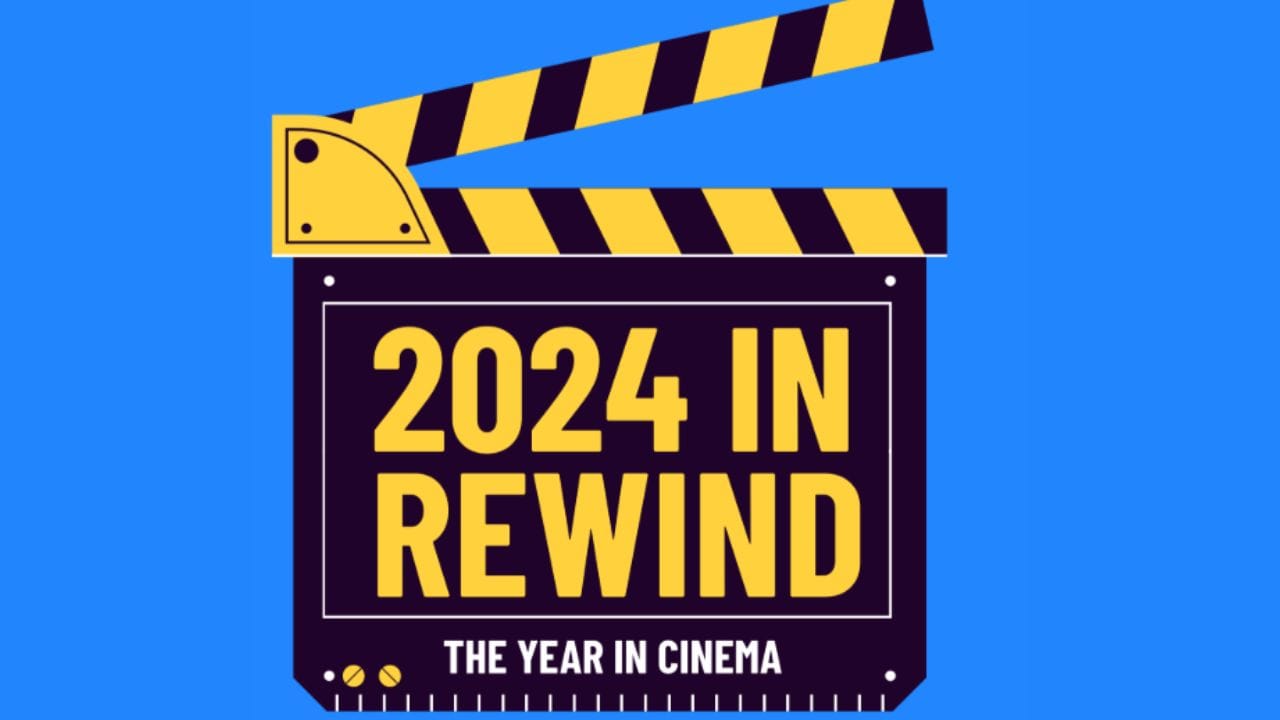Despite some winning consumer case against PVR and INOX for “wasting their time” by showing long ads before the movie, 42% of cinemagoers still cite ads as influential in purchase decisions, according to GroupM’s latest report.
The report, ‘Profiling Cinemagoers’, explores cinema viewing habits and their impact on consumer behavior across five key metropolitan cities: Bengaluru, Delhi, Pune, Mumbai, and Hyderabad. The report claimed that with 858 million footfalls and a Gross Box Office Collection (GBOC) of Rs 12.38 billion, cinema has emerged as a powerful driver of the ‘out-of-home economy’.
The study, conducted with a representative sample of 1,075 individuals aged 18-44, offers insights into the shifting role of cinema as an entertainment and advertising medium.
In the report, Heavy Viewers, watching 4+ movies monthly, represent 23% of respondents and emerge as the most engaged segment. Medium Viewers, who watch 2-3 movies per month, dominate the landscape at 57%, while Light Viewers, averaging 1 movie per month, account for the remaining 20%. This segmentation highlights the varied consumption patterns within the cinema audience, offering opportunities for targeted engagement.
The report highlighted that on average, people watch 18 movies annually, with men outpacing over women, pointing to a gender gap in viewership. Nearly a quarter of audiences enjoy the excitement of first day, first-show screenings, while 42% watching movies on the release day. Evening screenings remain the top choice, and cinema continues to be a social activity for most, with 75% watching with family and friends, while some also enjoy it with colleagues, partners, or even alone.
The report, in collaboration with ProCAT, enables brands and advertisers to make informed decisions for targeted campaign planning.
Ajay Mehta, Managing Director, Cinema, OOH, and Experiential Marketing at GroupM, India, said, “Cinema is not just an entertainment platform but a powerful medium for connecting with audiences. This report underscores the relevance of cinema as a thriving entertainment and advertising platform.
With 42% of viewers acknowledging the influence of cinema ads on their purchase decisions, it’s clear that the silver screen holds immense potential for meaningful consumer engagement.”
Siddharth Bhardwaj, CEO of UFO Moviez India, added, “By leveraging historical data, guaranteed footfalls, and predictive admissions, advertisers can design highly targeted campaigns that captivate audiences in an immersive environment, maximizing engagement and ensuring a guaranteed return on investment.”
With a GBO of Rs 123 billion, the year 2024 witnessed a total footfall of 857 million, 10,271 screens, with an average ticket price of Rs 145. December stood out as the month with the highest footfall of 97 million footfalls and Rs 1,746 crore box office collection. December also had the highest total viewing hours: 2.14 billion hours spent in theatres. The highest ticket price reached Rs 2,500.
Pushpa 2 (Telugu) recorded a Rs 7.5B opening week, with 34.3 mn footfalls and showings across multiple languages, including Hindi.
Cinema Dynamics of 2024
– South Indian blockbusters like Pushpa 2 and Kalki achieved higher collections in Hindi-speaking markets compared to their original language versions. For instance, Pushpa 2 dominated the box office with Rs 12.69B GBOC and 65mn footfalls.
– Success Without Khans: Despite the absence of superstar blockbusters like 2023’s Pathaan and Jawan, the industry maintained comparable box office collections and admissions.
– Content Is King: Regional films like the Telugu Hanuman and Tamil Amaran entered the top box office charts, earning Rs 300 crore+ each.
– Performing Markets: Bangalore consistently led in box office revenue (Rs 28.6 billion) and (45million) footfalls, followed by Hyderabad and Chennai. Kerala recorded a 20% growth in collections due to content-driven hits like Manjummel Boyz and Avesham.
State and City Trends
– Kerala showed a 20%+ increase in box office collections.
– Andhra Pradesh and Telangana exhibited higher affinity for cinema relative to their population base.
– Bangalore and Hyderabad emerged as top contributors to gross box office collections. Mumbai and Chennai continued to have disproportionately high percentages of movie-goers.
